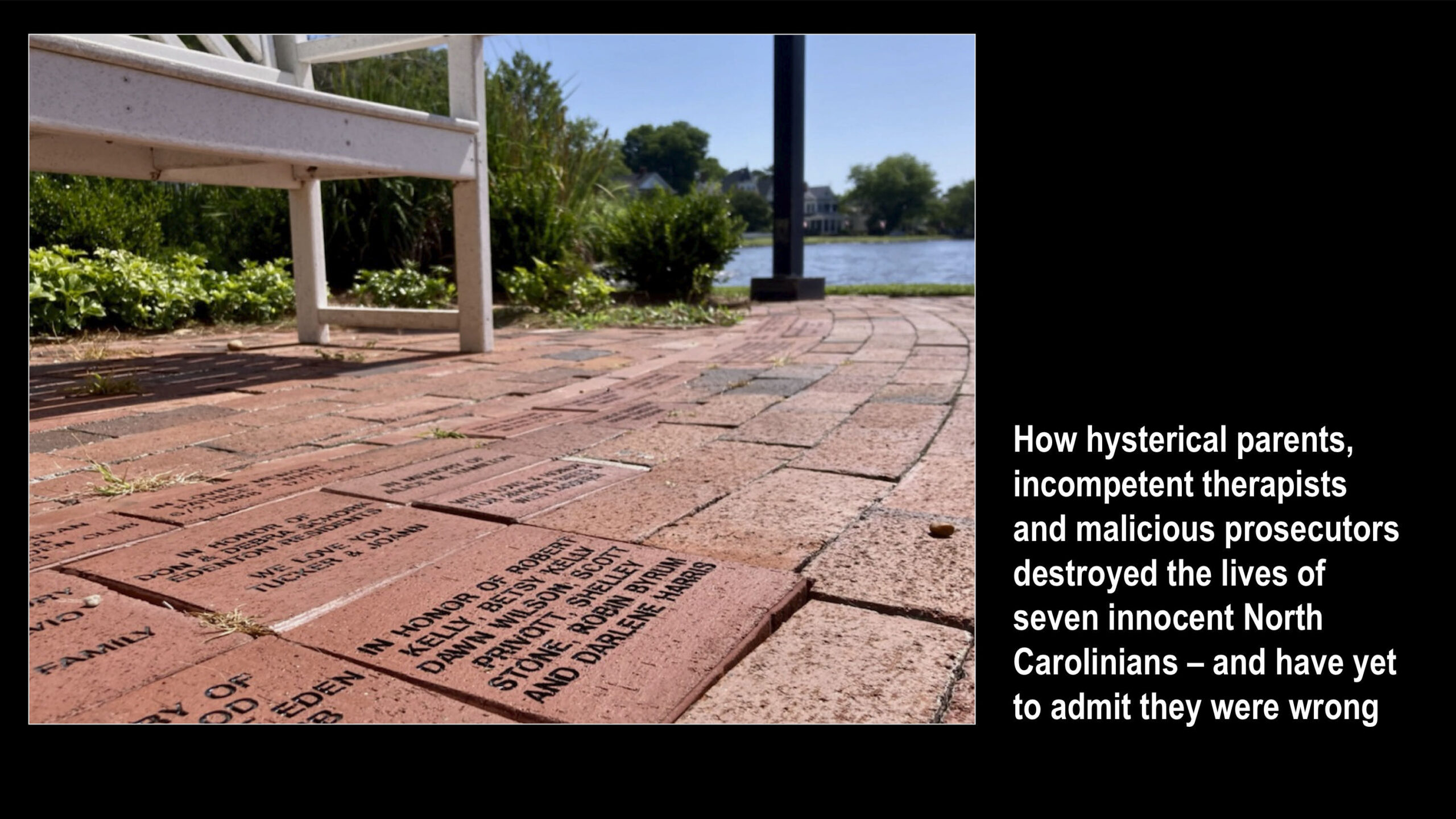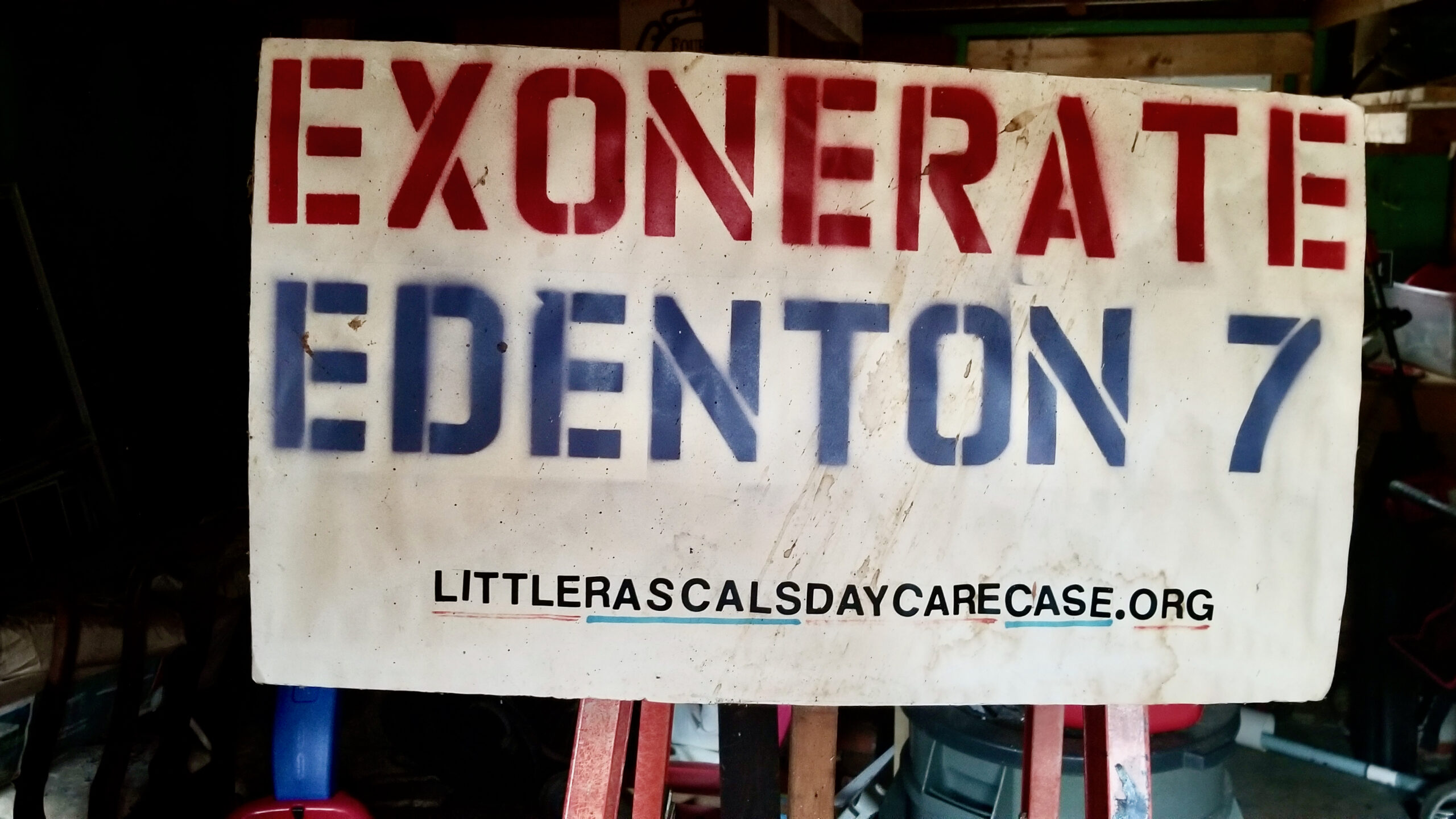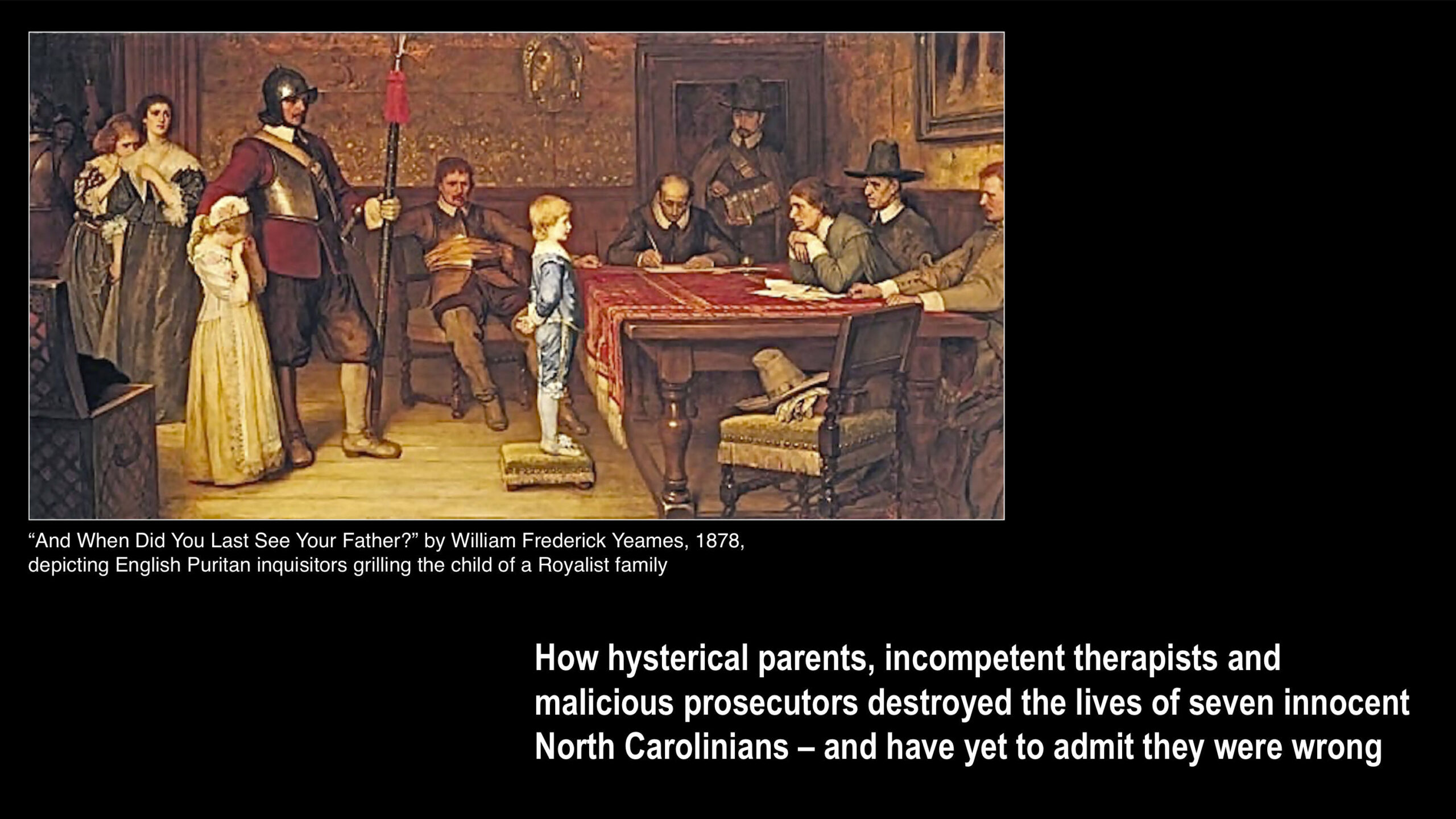Rascals case in brief
In the beginning, in 1989, more than 90 children at the Little Rascals Day Care Center in Edenton, North Carolina, accused a total of 20 adults with 429 instances of sexual abuse over a three-year period. It may have all begun with one parent’s complaint about punishment given her child.
Among the alleged perpetrators: the sheriff and mayor. But prosecutors would charge only Robin Byrum, Darlene Harris, Elizabeth “Betsy” Kelly, Robert “Bob” Kelly, Willard Scott Privott, Shelley Stone and Dawn Wilson – the Edenton 7.
Along with sodomy and beatings, allegations included a baby killed with a handgun, a child being hung upside down from a tree and being set on fire and countless other fantastic incidents involving spaceships, hot air balloons, pirate ships and trained sharks.
By the time prosecutors dropped the last charges in 1997, Little Rascals had become North Carolina’s longest and most costly criminal trial. Prosecutors kept defendants jailed in hopes at least one would turn against their supposed co-conspirators. Remarkably, none did. Another shameful record: Five defendants had to wait longer to face their accusers in court than anyone else in North Carolina history.
Between 1991 and 1997, Ofra Bikel produced three extraordinary episodes on the Little Rascals case for the PBS series “Frontline.” Although “Innocence Lost” did not deter prosecutors, it exposed their tactics and fostered nationwide skepticism and dismay.
With each passing year, the absurdity of the Little Rascals charges has become more obvious. But no admission of error has ever come from prosecutors, police, interviewers or parents. This site is devoted to the issues raised by this case.
On Facebook

Little Rascals Day Care Case
This Facebook page is an offshoot of littlerascalsdaycarecase.org, which addresses the wrongful prosecution of the Edenton Seven and other such victims.
Click for earlier Facebook posts archived on this site
Click to go to
Today’s random selection from the Little Rascals Day Care archives….
The darkness that lurks behind Darkness to Light
Jan. 16, 2012
Darkness to Light is a Charleston-based nonprofit with the goal “End Child Abuse.” Since its founding in 2000, D2L claims to have trained adults in 48 states and 10 foreign countries in how to prevent, recognize and react to child sexual abuse. Among its allies: YMCAs.
Unfortunately, D2L is less than meticulous in associating itself with other organizations. This is a letter I sent D2L officials on Dec. 5:
Darkness to Light does a disservice to the public and to your cause when you include on your list of resources the Survivorship website.
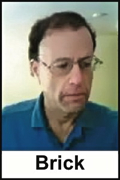 Survivorship’s board president is Neil Brick, who identifies himself as “the founder of S.M.A.R.T. (Stop Mind Control and Ritual Abuse Today) at http://ritualabuse.us. He is a survivor of ritual abuse and a survivor advocate. He works on developing supports for survivors and getting information out to the general public about ritual abuse. He runs yearly ritual abuse conferences on the east coast of the United States every year at http://ritualabuse.us/smart-conference. Links to his presentation transcripts and research papers are http://ritualabuse.us/smart/neil-brick.”
Survivorship’s board president is Neil Brick, who identifies himself as “the founder of S.M.A.R.T. (Stop Mind Control and Ritual Abuse Today) at http://ritualabuse.us. He is a survivor of ritual abuse and a survivor advocate. He works on developing supports for survivors and getting information out to the general public about ritual abuse. He runs yearly ritual abuse conferences on the east coast of the United States every year at http://ritualabuse.us/smart-conference. Links to his presentation transcripts and research papers are http://ritualabuse.us/smart/neil-brick.”
S.M.A.R.T. is perhaps the most prominent organization still insisting that numerous day-care providers in the 1980s and early 1990s subjected children to “satanic ritual abuse.” Although the day-care panic eventually waned and courts freed nearly all the unfortunate defendants, S.M.A.R.T. continues to see abuse in every one of these cases – from McMartin to Little Rascals to Fells Acres, etc.
Like Scientologists and Holocaust deniers, S.M.A.R.T. has been banned from editing Wikipedia entries. Neither should its disinformation campaign be given a platform by Darkness to Light.
Darkness to Light has yet to respond to that letter or to a Dec. 30 follow-up soliciting “a statement explaining why you continue to support this organization.” I’d be happy to publish such an explanation, but even happier to learn that D2L has cut its ties to the ritual abuse movement.
What might’ve been: Nancy Lamb at the multiplex
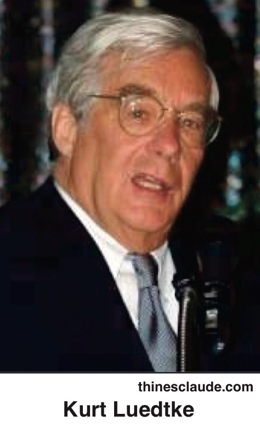 May 30, 2015
May 30, 2015
Ofra Bikel’s eight hours of “Innocence Lost” were surely powerful, but the narrowness of PBS’s audience limited their impact. What if the Little Rascals Day Care case had also inspired a major theatrical release? What if several million moviegoers had watched the dramatic nobody-dunnit even as the real-life Edenton Seven were languishing in jail or standing trial?
For a brief moment, that seemed possible.
Kurt Luedtke, screenwriter for the ’80s hits “Out of Africa” and “Absence of Malice,” was outraged after seeing the initial “Innocence Lost” in 1991. “You can’t hold people that long without presenting the evidence,” he told the Charlotte Observer.
Now retired and living in Michigan, Luedtke recalls his “indignation mounting and (thinking) I had to do something about the preposterousness of what was going on….”
Alas, his idea apparently made it no further than a preliminary meeting in New York with Bikel and “Frontline” founder David Fanning: “I can’t remember why we didn’t go forward; maybe I had another job.”
‘Satanic ritual abuse’ abuse believers: The problem wasn’t their IQ
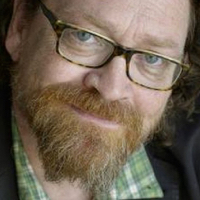
April 28, 2017
“There is this idea that people of the 1980s were just not very bright or really superstitious or something like that. Back then, the people who questioned it were treated with suspicion. People would say, ‘Of course this is happening, what’s wrong with you?’ And it’s not like this is an anomaly in American history. In the ’50s, Commies were crawling out of the basement. This stuff goes back to Salem witch trials…
“The ritual abuse thing also became part of psychological culture. This idea that children don’t lie about these things became really entrenched for a while….
“It was a way to talk about actual abuse, I think. At the time, the idea that childhood abuse was mostly perpetrated by family members was too outrageous, too awful. People would rather believe that it was evil, Satan-worshipping strangers.”
– Dan Chaon, author of “Ill Will,” quoted by Joe Gross in the Austin American-Statesman
Early on, Chaon’s interest in writing a novel centered on “satanic ritual abuse” was piqued by the West Memphis Three.
![]()
Who remembers wrongful conviction was overturned?
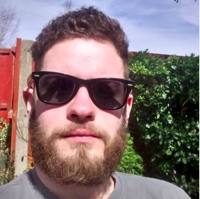
March 3, 2016
“From the McMartin preschool trial in the United States in the ’80s … not one ‘satanic abuse’ network in the modern context has ever been proven to exist.
“Despite this fact people tend to remember the sensationalism of each case, and the fear and rumors generated by them. Not the final verdict, which has always been acquittal or at least the overturning of a wrongful conviction. The truth of each case gets lost in time….”
– From “Satanic Ritual Abuse: 7 Fictions That Created A Mythology” by Keelan Balderson at WideShut (March 8, 2015)
What might it feel like, all these years later, encountering people who vaguely remember your prosecution for “satanic ritual abuse” at Little Rascals – but not your exoneration?
![]()

